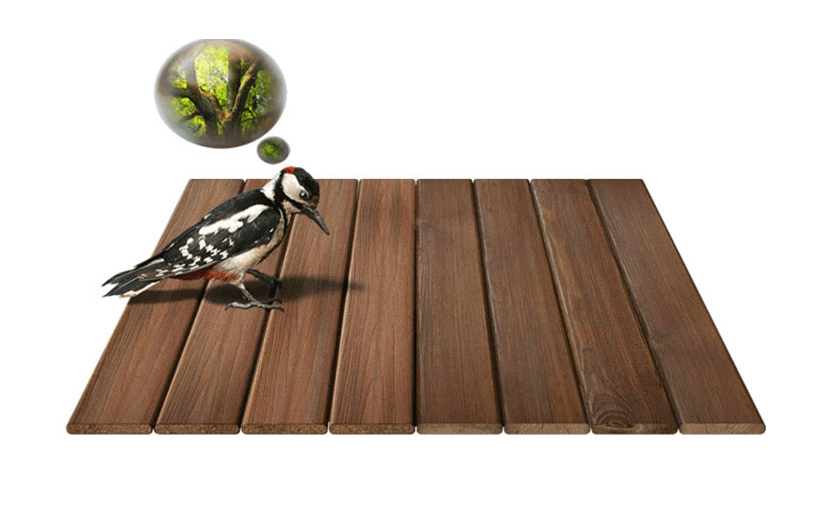
As decks have become an important element of houses, newly developed materials have constantly emerged in the market. People no longer have only one option, namely, wood, which is still the most common material for decks, yet not the best material for decks.
Composite materials, especially wood-plastic composites, are winning over more and more people through their superior physical characteristics and ultra-low maintenance. Then which is the best material for decks? OK, today, we’ll be looking at a comparison between composites and wood.
There are a few factors that you may want to consider while deciding on which material to choose for your deck: performance, cost, maintenance, and aesthetics. Let’s take a look at each of them one by one.
Performance
Performance is vital to a deck that’s supposed to be constantly stepped on and weather in the outside. Some notable indicators relating to a deck’s performance are lifespan, color stability, termite resistance, water resistance, fire resistance, eco-friendliness, and safety.
Composite vs. Wood-Performance
| Composite | Wood | |
| Lifespan | 25 years or more | 15-25 years under decent maintenance |
| Color Stability | Achieves weathered color within a few months then stabilizes | Fades easily, requiring frequent painting |
| Termite Resistance | Highly resistant to termites | Becomes food for termites |
| Water Resistance | Naturally resistant to moisture | Relies on painting or oiling to resist moisture |
| Fire Resistance | Self-extinguishing, fire-retardant | High risk of being lit |
| Eco-friendliness | Recyclable, made from recycled material | Contributes to deforestation |
| Safety | Non-toxic, 100% safe | Carries harmful paint |
Cost
When it comes to the price, wood may have some advantages over composite although it’s worth noting that exotic hardwoods cost much more than composites. However, in the long run, wooden decks would eat up much more time and money spent on oiling, staining, cleaning while composite decks only require minimal maintenance.
Composite vs. Wood-Cost

Maintenance
Wood is no match for composites in terms of maintenance. Wood products, including exotic hardwood and pressure-treated lumber, all require costly, time-consuming, and troublesome maintenance every year. How about composites? Well, some scrubs and a thorough rinse, that’s enough.
Composite vs. Wood-Maintenance
Composite
Never needs sanding, oiling, sealing, and staining.
Only needs routine scrubs and a rinse with soapy water.
Wood
Require the use of power washers and toxic chemicals.
Needs to be stained, sanded, and sealed every year.
Requires constant repair and replacement throughout its lifetime, due to its vulnerability to the elements.
Aesthetics
Some people are worried that composite materials might look synthetic and unnatural. But that’s not the case with COOWIN® 3D Wood Grain Decking. COOWIN® Composite features Art Color Technology, offering a series of naturalistic colors and textures that gives you the feel of real wood.
Don’t believe us? See for yourself:


Which is the best material for decks? The answer is clear. Now you may want to have some samples for testing, COOWIN® offers free samples that are available at any time, click the button down below if you would like more information.
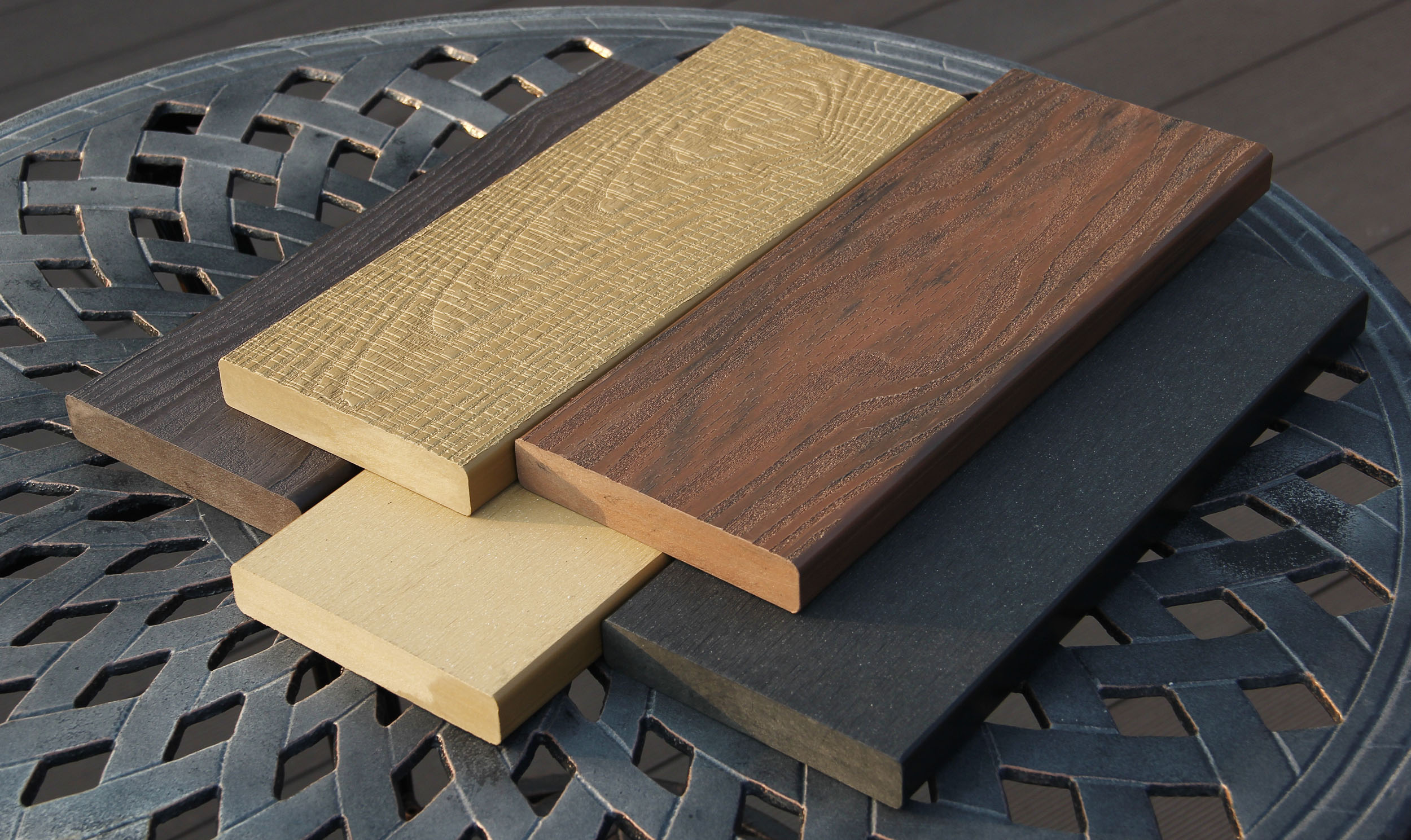
Feel the Charm of Composite Decking!
Free samples are available at any time. Just fill out the form and we’ll get them sent as soon as possible!

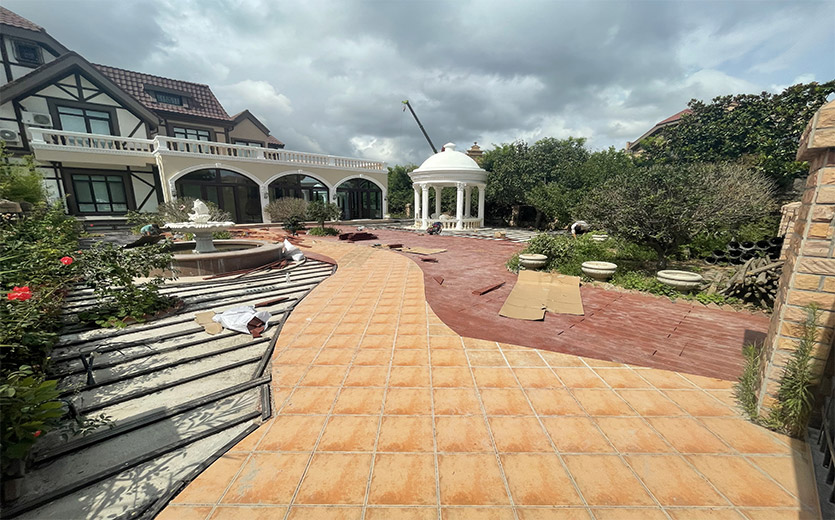
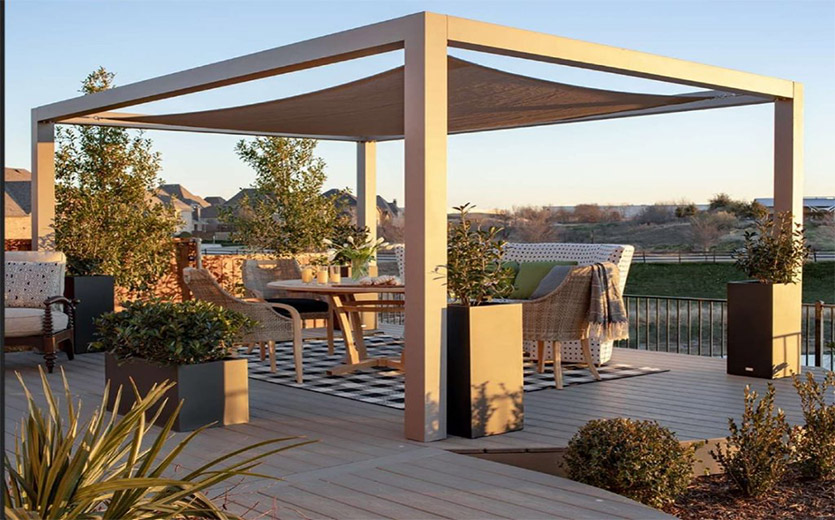
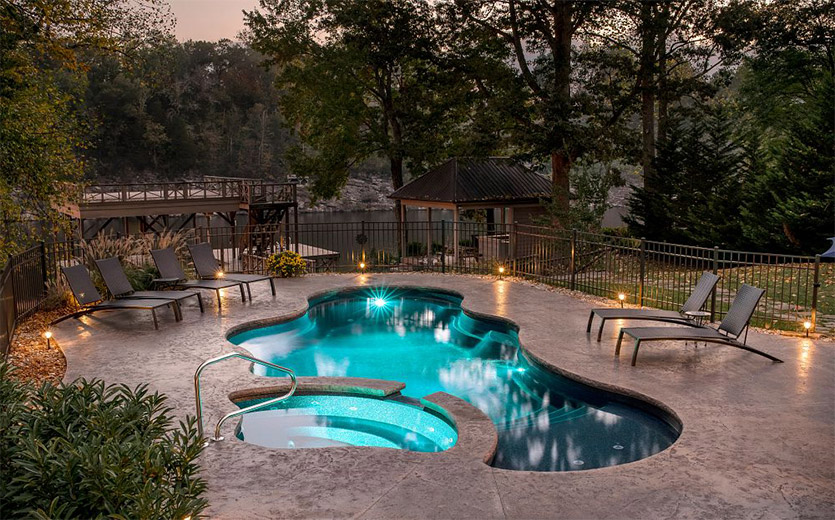
Post a Comment